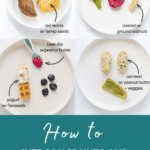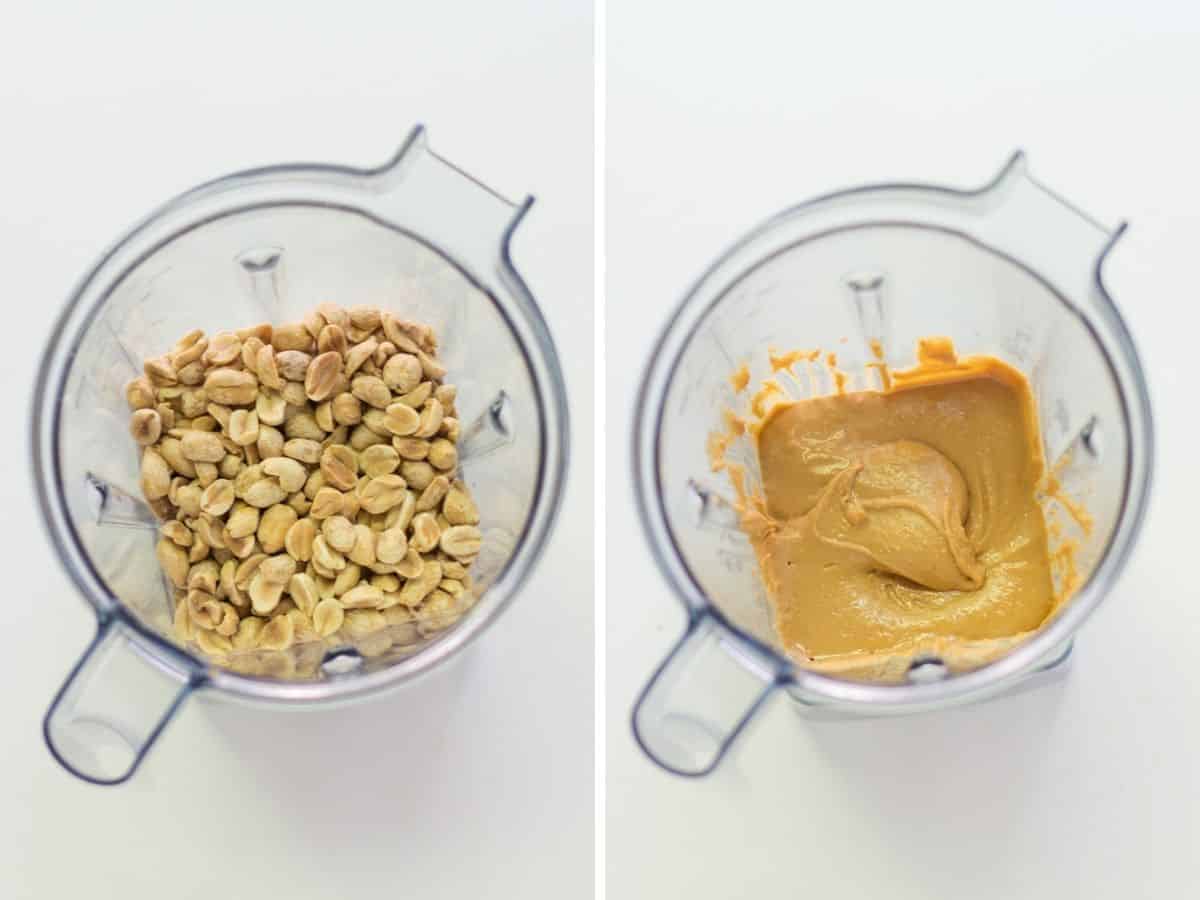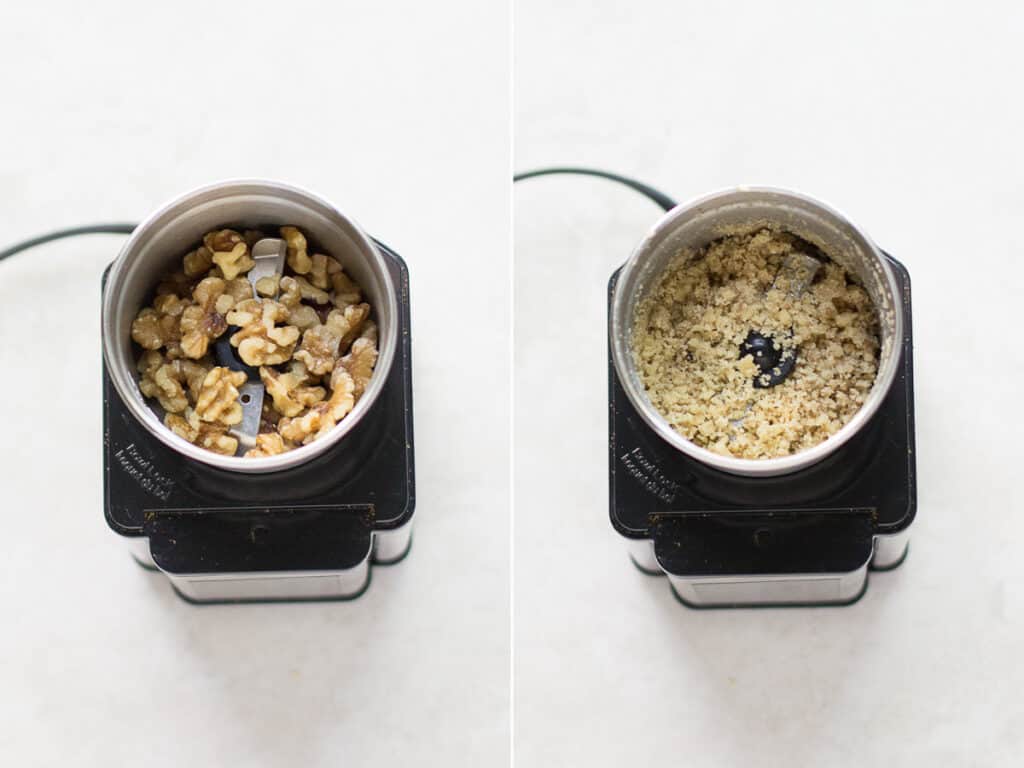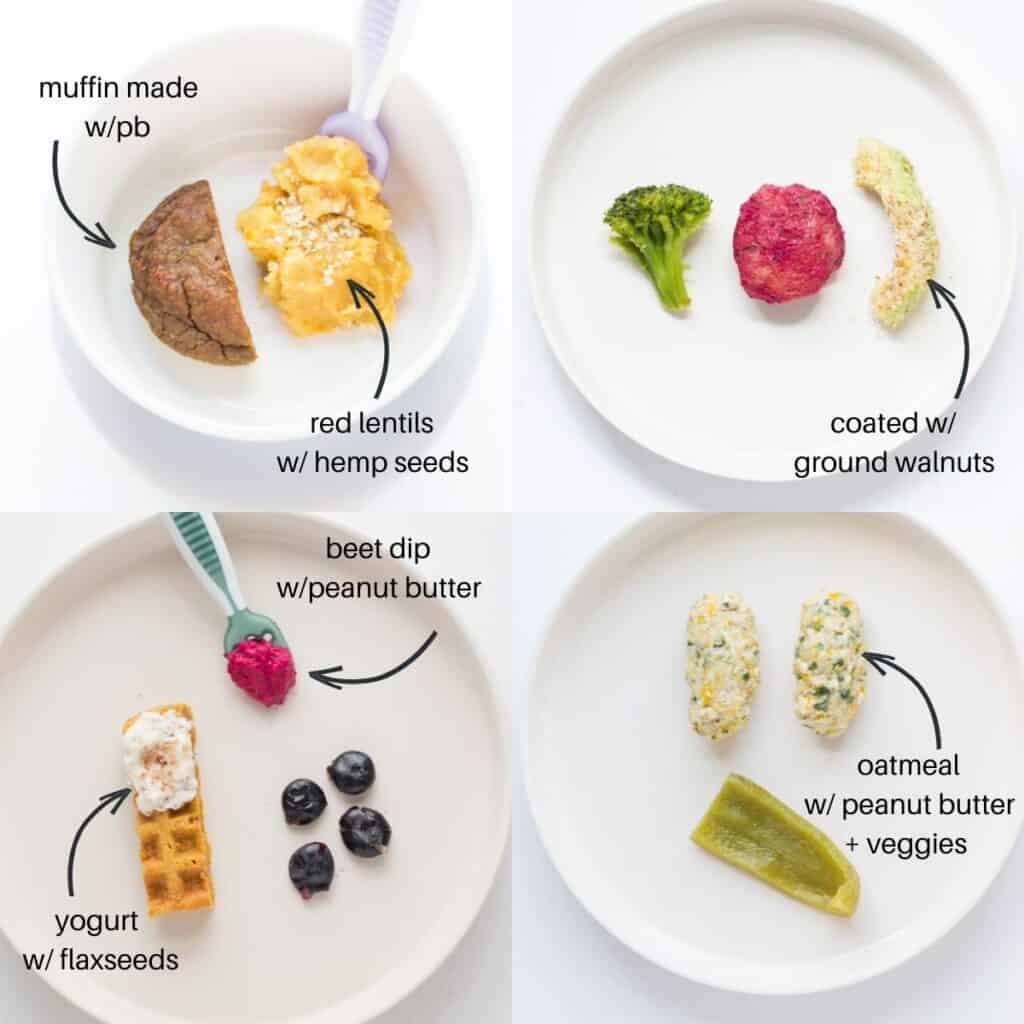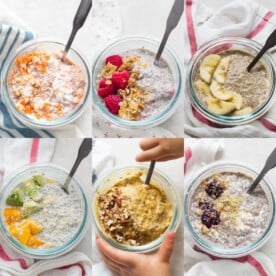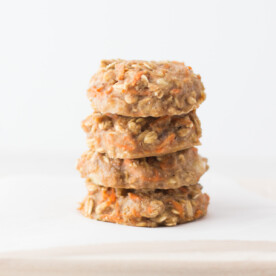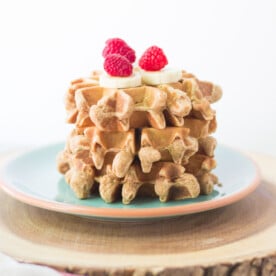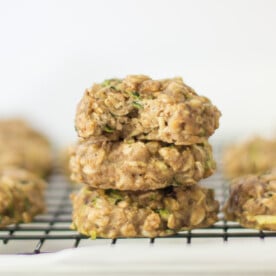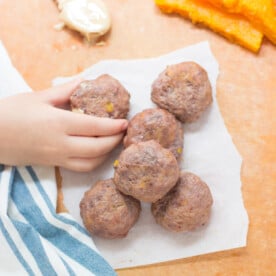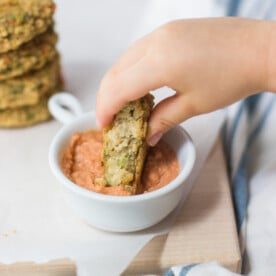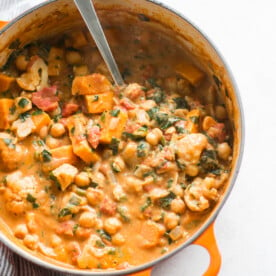Answering the Top Questions
How to prepare
Peanut/Nut/seed butter
It’s super easy to make nut/seed butter at home with a high-powered blender. I’ve had mine for over 6 years and use it for EVERYTHING as I don’t own a food processor. Start with roasted nuts (more flavorful and will result in a better texture), add them to the blender and process until smooth! Scrape down the sides as you go. Store-bought ones are perfectly fine too. Just make sure the only ingredient is the nut or seed itself. A lot of them have hydrogenated oils, salt, and sugar, which you want to avoid. Be sure to thin out with water, breastmilk, or formula before mixing into other foods
Ground nuts and seeds
I love to use a coffee grinder to blitz until it turns into a fine flour-like consistency. Work in batches and give quick pulses. Be sure you don’t pulse for too long as it will turn into paste. Store in an airtight container and keep in the fridge or the freezer to extend shelf-life. For the seeds, you can serve chia seeds and hemp hearts as is. You’ll need to grind the others.
How to Store
Whole nuts and seed stay fresh the longest. Once chopped, ground, roasted, etc. they will go rancid quickly. That’s because they have high amounts of oils and heat, oxygen, and light are their worst enemy. So be sure to store in the fridge or the freezer to make them last longer! In general, whole nuts and seeds will keep in the fridge for 3 months and in the freezer for 6 months or longer Ground nuts and seeds will last a couple of weeks in the fridge.
How to safely introduce nuts and seeds (by age)
4-6 months
While the recommendation to start babies on purees and rice cereal around 4 months old continues to persist, this is outdated advice. The current recommendation by all the major health organizations is to wait until your baby is around 6 months old. However, it’s not as if your baby turns 6 months and boom, they’re ready for solids. The best thing you can do is to start when they’re developmentally ready. This is SO important! Having said this, as mentioned earlier, if your baby is at high risk for food allergies, then consult with your doctor or pediatric allergist. At this time, the best and safest way to introduce is to thin the prescribed amount of peanut/nut butter with water and offer to your baby from your fingertip or a spoon. If your baby is not in this category, but you are here because you are planning ahead and want to learn all the things to help set your baby up for success, then allow me to guide you with these effective strategies that you can start implementing today!
6 months and up
Spoon feeding: Thin out nut/seed butter with water, breast milk, or formula and mix into yogurt, oatmeal, baby cereal, purees, etc. Baby led weaning:
Mix thinned out nut/seed butter into yogurt, oatmeal, unsweetened applesauce, mashed vegetables (e.g. sweet potatoes), cooked grains, lentils, etc. Alternatively, you can sprinkle finely ground nuts/seeds into these foods. Coat slippery foods, like avocado, banana, kiwi with ground nuts/seeds to make them easier to grab while boosting nutrition Spread a very thin layer of nut/seed butter on lightly toasted bread, pancakes, pumpkin waffles, muffins Add to dips and sauces Add to baked finger foods
As you can imagine, it’s going to be super messy. But it’s such an important part of learning to self-feed.
Easy Breakfast/Lunch Recipes
You can follow the recipe as is or swap with nut/seed of choice
Dinner Recipes
Dips/Sauces
A step-by-step guidance
While starting solids is an exciting time, if you’re like many parents I’ve talked to, it’s also a very overwhelming time. There’s a lot to think about – figuring out what foods to start off with, how to prepare them so they’re safe, how to introduce all the different flavors and textures, how to introduce all the top allergens early AND often, and on and on…. That’s why I created the ultimate 3 month meal plan program, which is exactly what I used to wean my daughter. I’ll walk you through how to introduce all the top allergens safely and easily through daily videos. That’s just the tip of the iceberg though. Click below to learn more!
